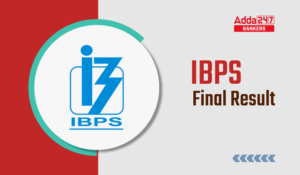Table of Contents
What Is a Negotiable Instrument? According to the section 13(i) of Negotiable Instrument Act 1881, a negotiable instrument is defined as a signed document that promises a sum of payment to a specified person or the assignee. In other words, we can understand it as a formalized type of IOU: A transferable, signed document which promises to pay the bearer a sum of money at a future date or on-demand. The payee refers to the person receiving the payment, must be named or otherwise indicated on the instrument.
Understanding Negotiable Instruments
It can be understood as a transferable in nature, allowing the holder to take the funds as cash or use them in a manner appropriate for the transaction or according to their preference. The amount listed on the document of this negotiable instruments includes a notation as to the specific amount promised and it must be paid in full either on-demand or at a specified time. One of the feature of negotiable instrument is that it can be transferred from one person to another. Once the instrument is transferred, a full legal title to the instrument is obtained by the holder.
Additionally, there is no other instructions or conditions which can be set upon the bearer to receive the monetary amount listed on the negotiable instrument. The condition for an instrument to be negotiable is that, it must be signed, with a mark or signature, by the maker of the instrument—the one issuing the draft. This person or entity is refer to as the drawer of funds.
Also Read,
| Banking Awareness: What Is Ways & Means Advances? | Banking Awareness- What is a Debenture? | Banking Awareness: Credit Rating Agencies in India |
Negotiable Instruments Examples
There are many examples of Negotiable instruments and one of the more common negotiable instruments is the personal cheque. It basically act as a draft, payable by the payer’s financial institution upon receipt in the exact amount specified.
Money orders are very much similar to cheques but need not necessarily be issued by the payer’s financial institution. Often, cash must be received from the payer prior to the money order being issued. Once the money order is received by the payee, it can be exchanged for cash in a manner in line with the issuing entity’s policies.
Traveler’s cheque function differently than the normal cheque, because they require two signatures to complete a transaction of money. At the time of issue of the traveler’s cheque, the payer must sign the document to provide a specimen signature. Once the payer determines that to whom he/she will issue the payment, a counter signature must be provided as a condition of payment. Traveler’s checks are generally used when the payer is traveling to a foreign country and is looking for a payment method that provides an additional level of security against theft or fraud while traveling.
There are some other common types of negotiable instruments include bills of exchange, promissory notes, drafts, and certificates of deposit (CD).



 IBPS Final Result 2025 Coming Out Tomorr...
IBPS Final Result 2025 Coming Out Tomorr...
 Simple Tips to Avoid Common Mistakes In ...
Simple Tips to Avoid Common Mistakes In ...
 Important Topics & Shortcuts for IDB...
Important Topics & Shortcuts for IDB...


